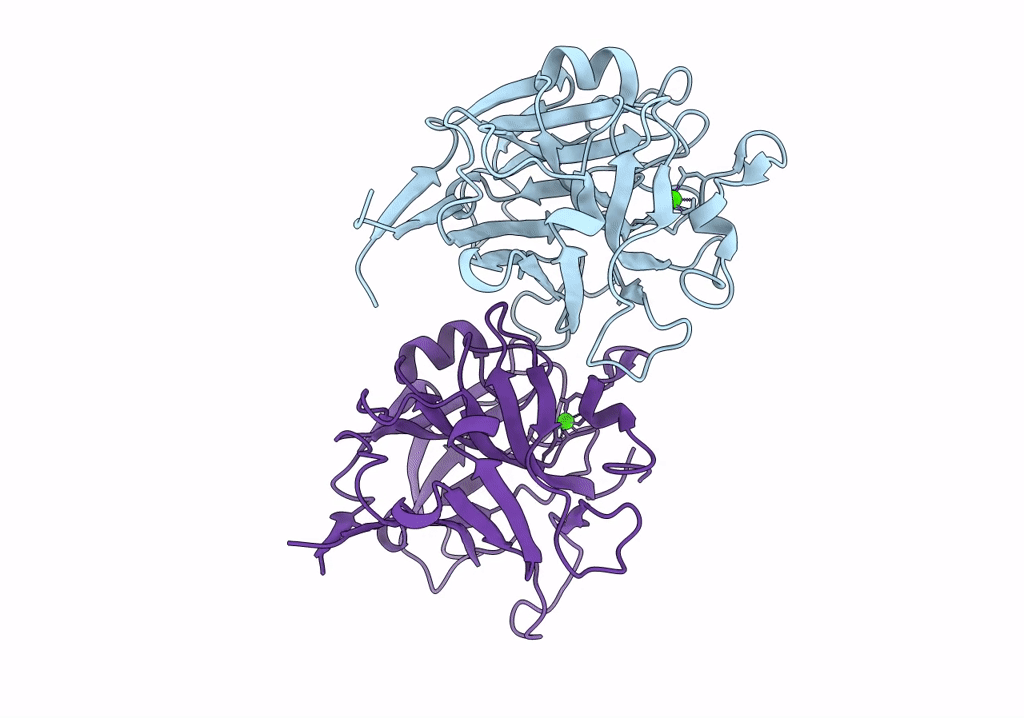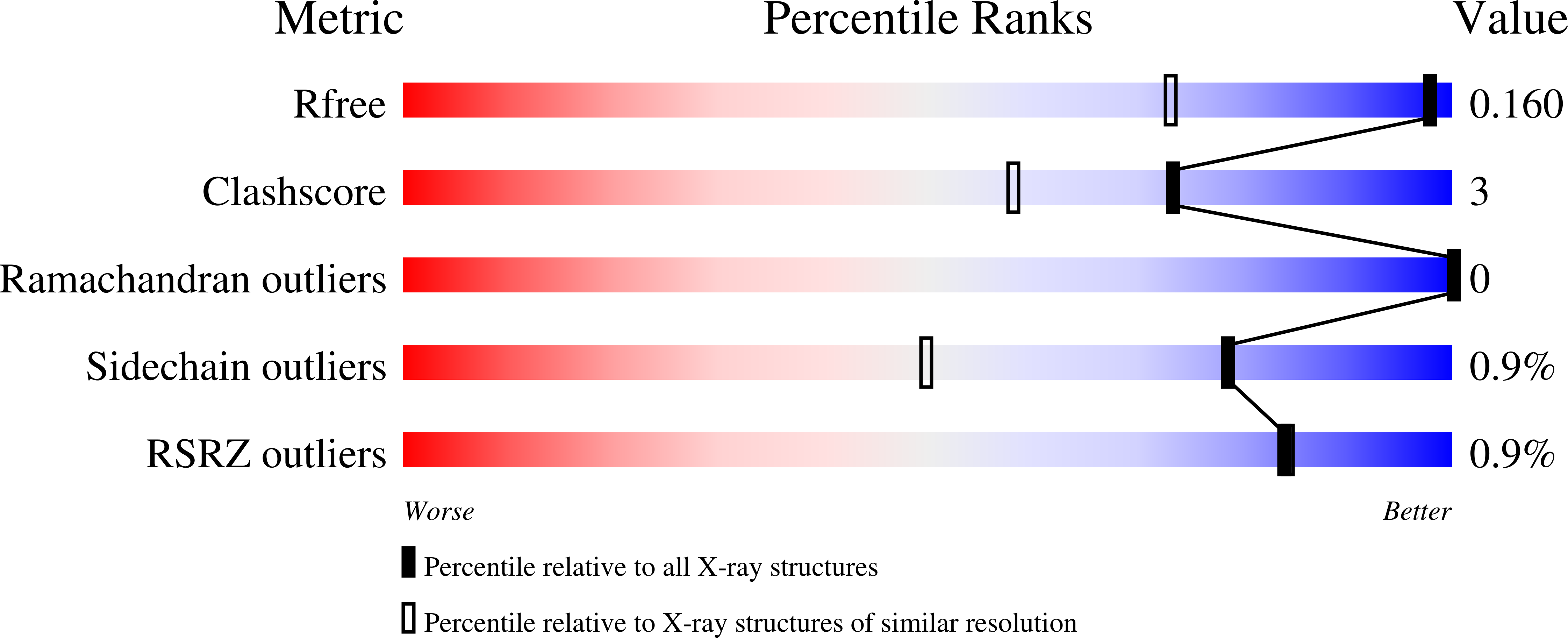
Deposition Date
2021-10-18
Release Date
2022-10-26
Last Version Date
2023-10-25
Entry Detail
PDB ID:
7SJK
Keywords:
Title:
Structure of PLS A-domain (residues 391-656) from Staphylococcus aureus
Biological Source:
Source Organism:
Staphylococcus aureus subsp. aureus NCTC 8325 (Taxon ID: 93061)
Host Organism:
Method Details:
Experimental Method:
Resolution:
1.21 Å
R-Value Free:
0.15
R-Value Work:
0.12
R-Value Observed:
0.12
Space Group:
P 1 21 1


